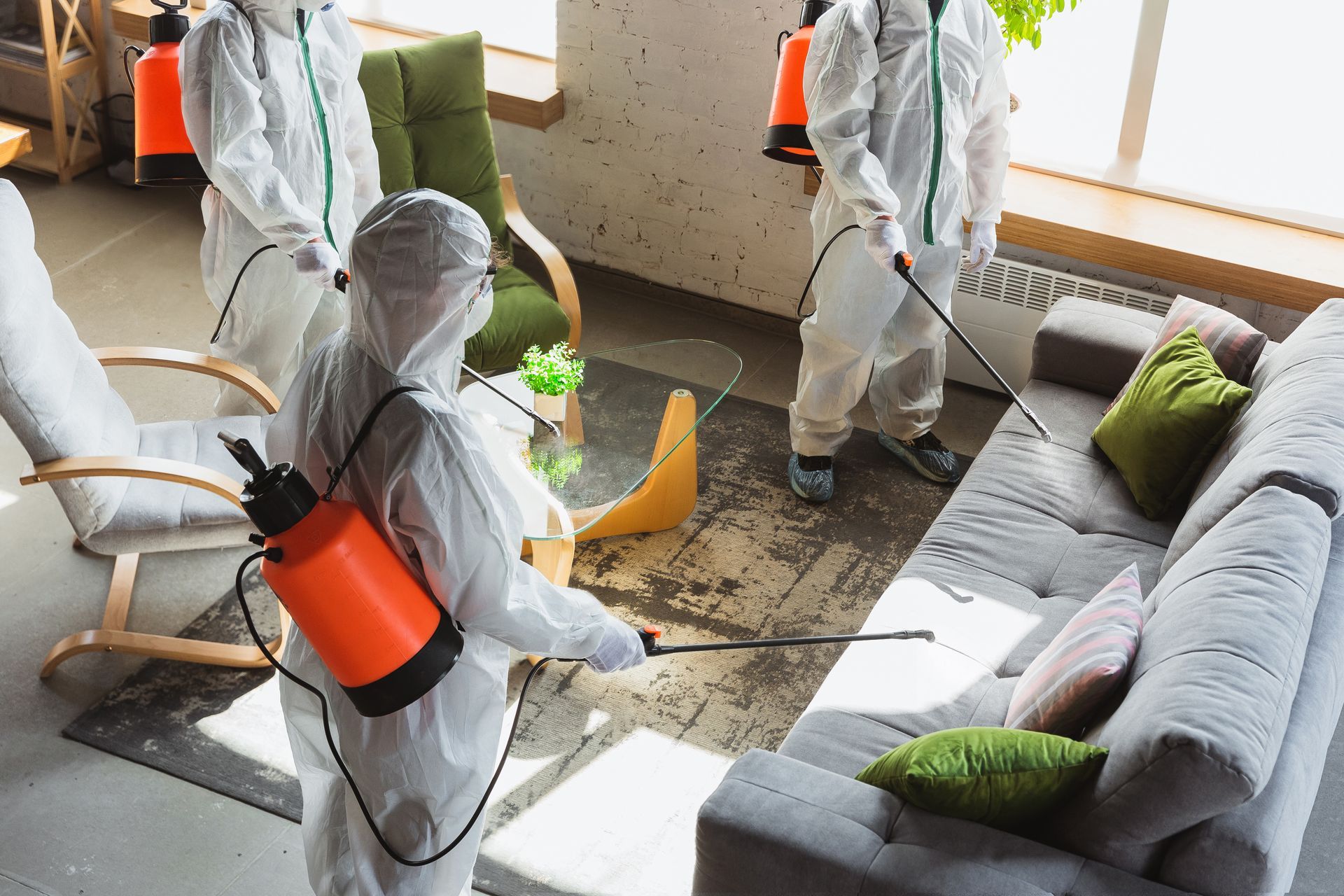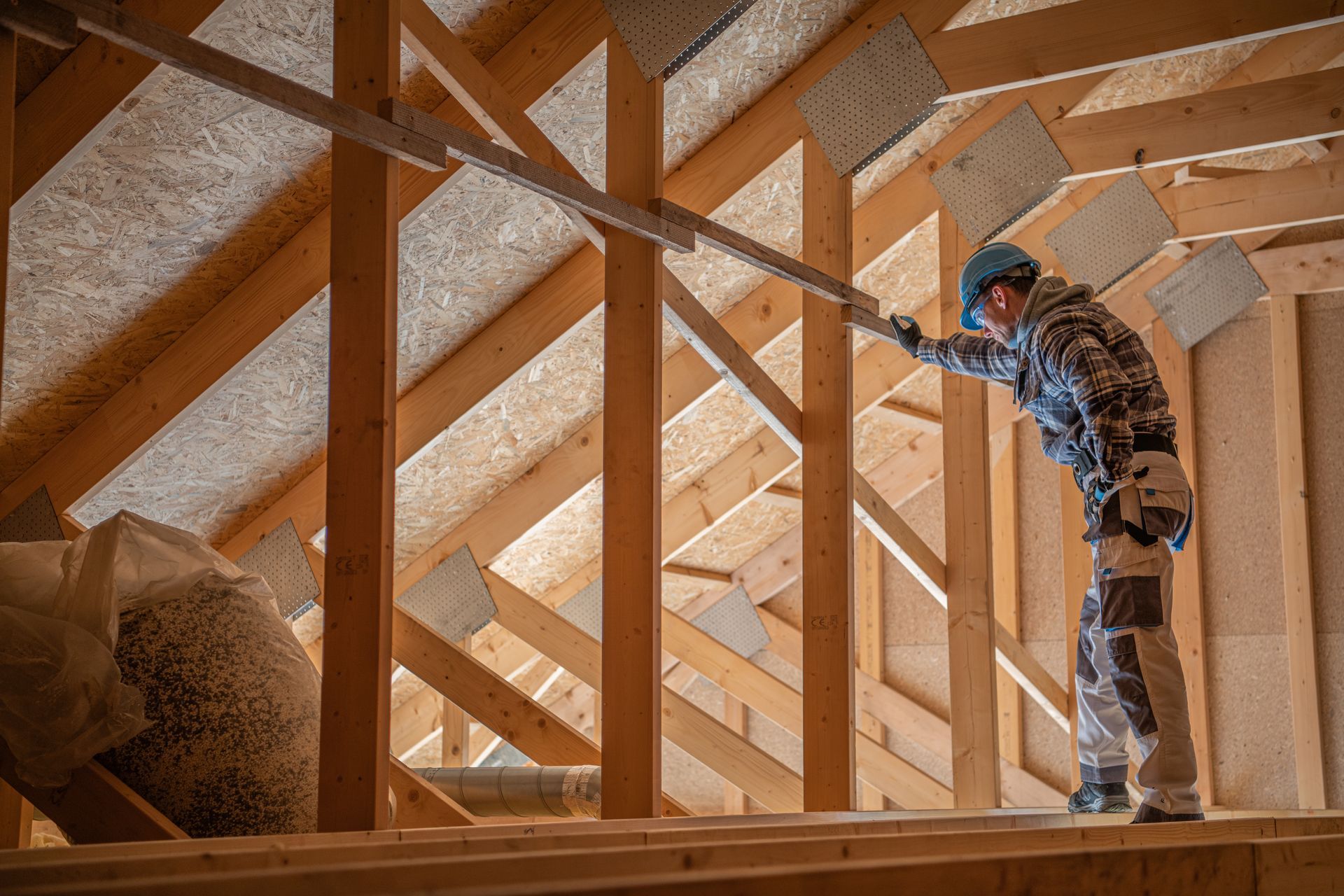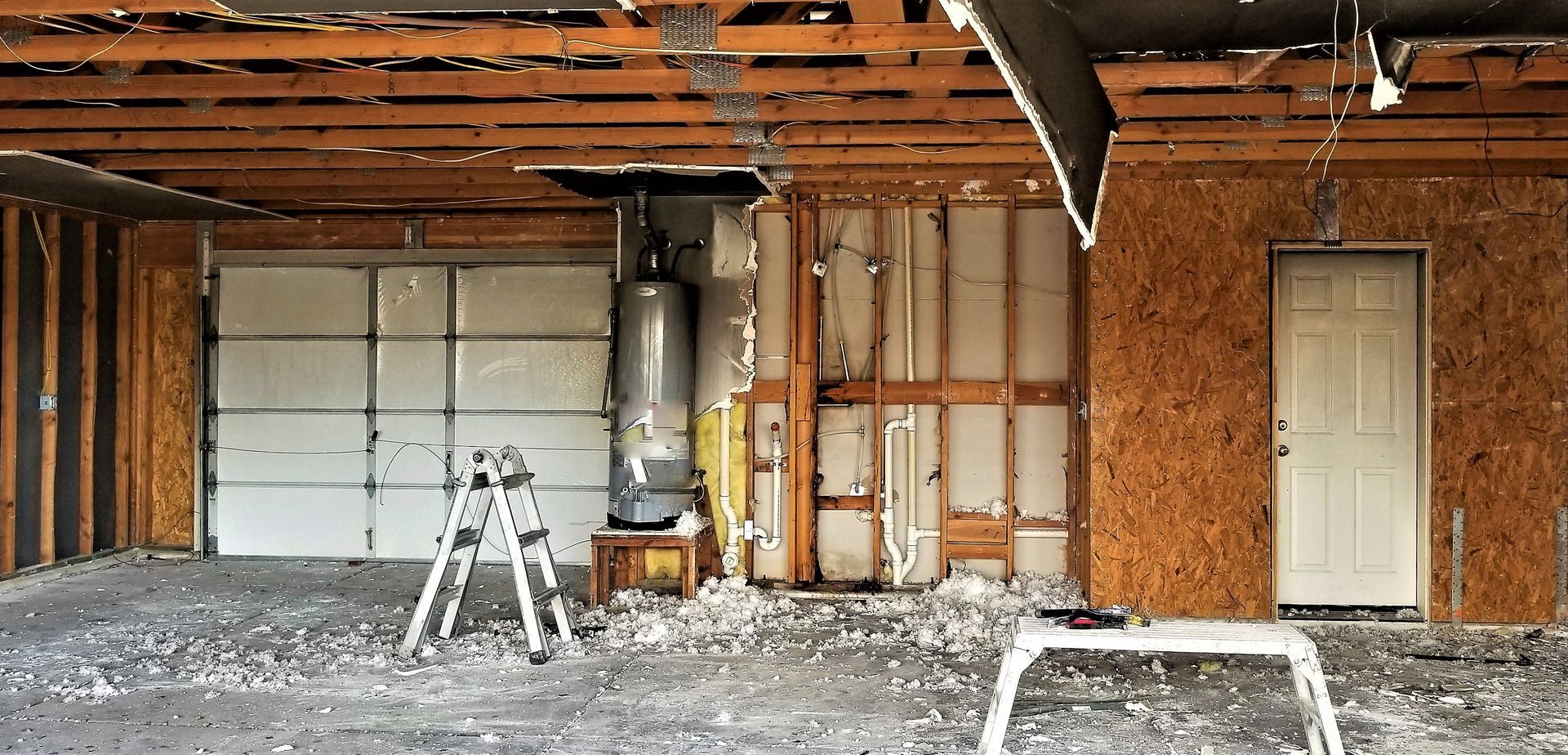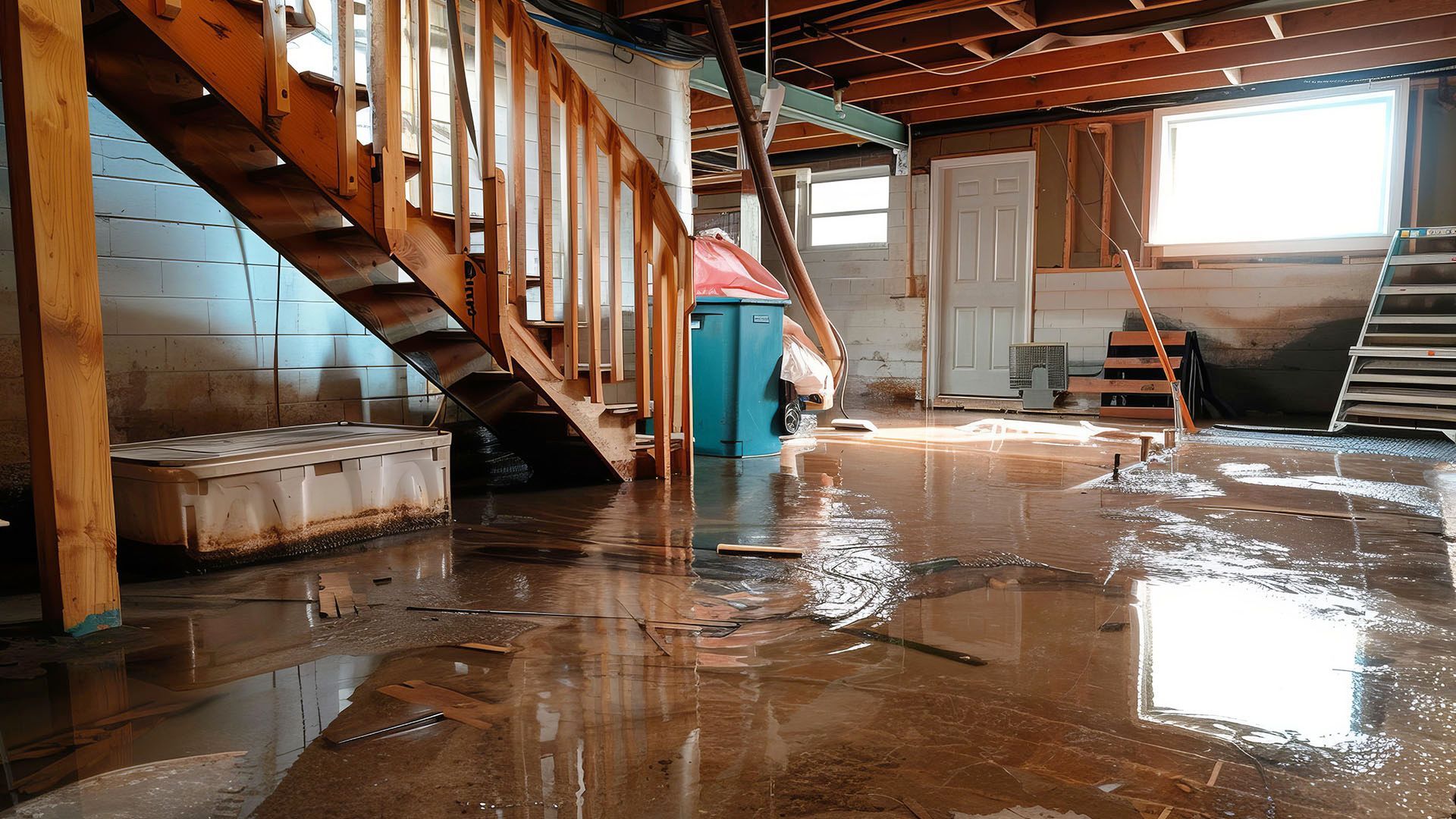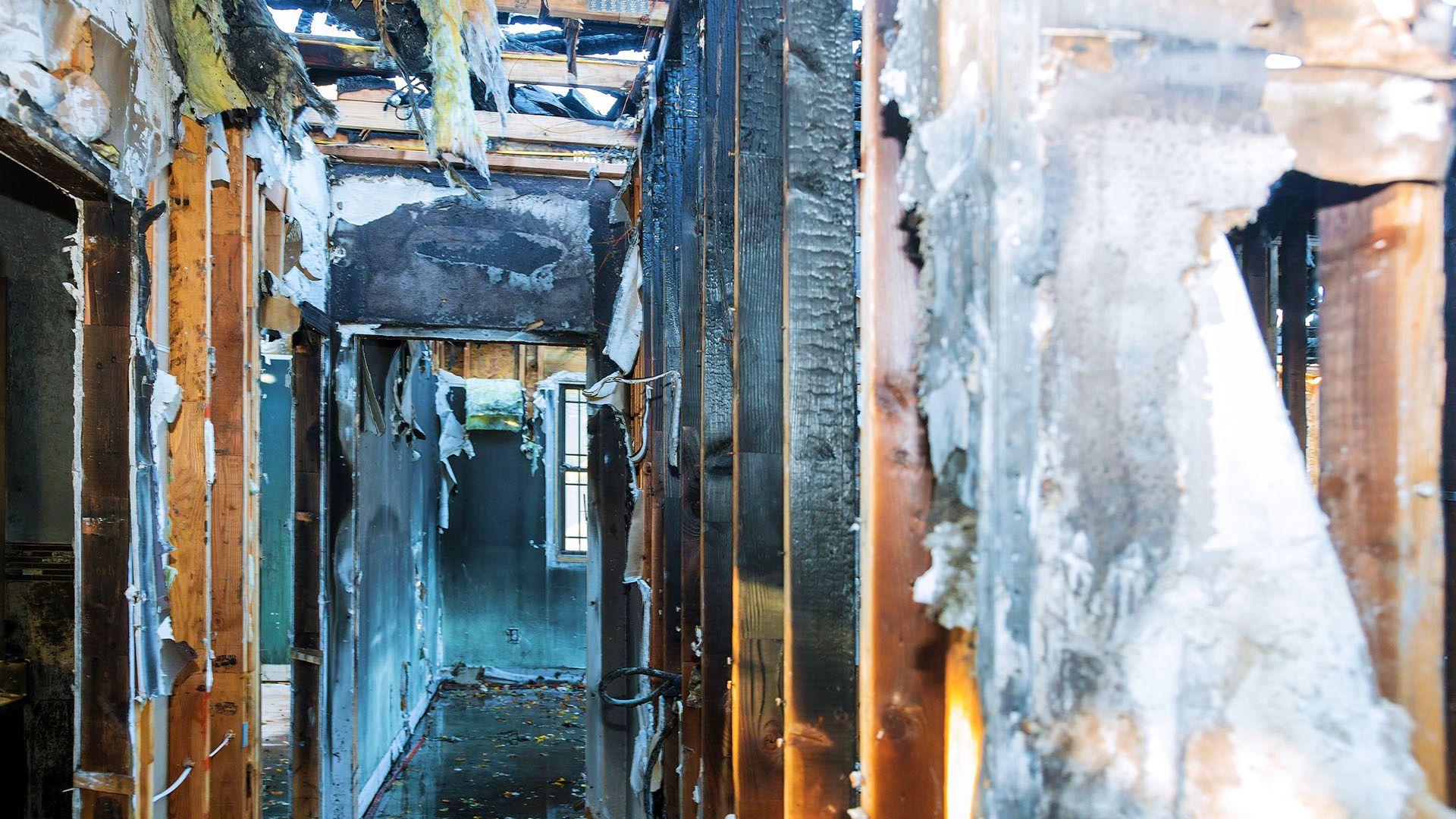How Much Does Water Damage Restoration Cost in CT? [2025 Pricing Guide]
Incredible Restorations, LLC is an IICRC-Certified, family-owned restoration company serving Connecticut since 2017. Our technicians are trained in water mitigation, structural drying, mold remediation, and reconstruction. We operate 24/7, work directly with your insurance when applicable, and follow industry standards on every job so you can trust the pricing and process described below.
Understanding Water Damage Restoration
What Is Water Damage Restoration?
Water damage restoration is the process of stopping water intrusion, removing standing water, drying the structure, cleaning and sanitizing affected areas, and repairing damaged materials. It often includes emergency water removal, water extraction services, structural drying, dehumidification services, and a final water damage assessment to confirm moisture is back to safe levels. If needed, it can also include mold prevention and reconstruction.
Common Causes of Water Damage in CT Homes
In Connecticut, we see water damage from:
- Frozen or burst pipes during cold snaps
- Roof leaks and ice dams after winter storms
- Sump pump failure during heavy rain
- Overflowing appliances (washers, dishwashers, water heaters)
- Sewer backups and broken supply lines
- Basement seepage in older homes with hydrostatic pressure
These local factors help explain why basement water damage and storm damage repair are common across the state.

Average Cost of Water Damage Restoration in Connecticut
Straight answer first: Most homeowners in Connecticut spend from the high hundreds to several thousand dollars for professional water damage cleanup. Smaller, clean-water incidents that are caught early can be on the lower end; larger losses involving contaminated water, multiple rooms, or structural repairs can be on the higher end.
Typical Price Ranges for Homeowners
- Minor, contained clean-water events (one room, fast response): a few hundred to low thousands
- Moderate damage (multiple rooms, materials removed, thorough drying): low-to-mid thousands
- Severe damage (category 2/3 water, structural repairs, contents impacted): mid-to-high thousands or more
These ballparks reflect the cost of repairing water damage and home water damage restoration work commonly seen across CT.
Cost Per Square Foot Explained
A practical way to think about budgeting is water damage restoration cost per square foot. Pricing varies by the type of water (clean, grey, black), the materials affected (drywall, insulation, flooring), and how quickly mitigation begins. As a simple rule, cleaner, quicker, and smaller is less expensive; contaminated, delayed, and larger is more expensive.
Emergency vs. Scheduled Service Pricing
Emergency response (nights, weekends, holidays) can add a premium due to overtime labor and rapid deployment. If the situation is stable and safe, scheduling during standard hours may lower costs. That said, fast mitigation usually saves money overall by preventing secondary damage like swelling, delamination, and mold growth.
Key Factors That Affect Restoration Costs
Severity and Category of Water Damage
Industry standards classify water by contamination level:
- Category 1 (Clean): Broken supply line, rainwater intrusion
- Category 2 (Grey): Appliance overflows with detergents, some contaminants
- Category 3 (Black): Sewage, flooding from outside, grossly unsanitary
Higher categories require more extensive water damage cleanup procedures, specialized PPE, and often sanitizing and disposal, raising costs.
Size of the Affected Area
Larger losses mean more water extraction services, more equipment (air movers, dehumidifiers), and more labor hours. Multiple rooms or floors increase complexity and time on site.
Type of Materials and Surfaces Involved
- Drywall water damage repair often means removal of saturated sections and precise rebuild.
- Hardwood floors may be saved with mat extraction and controlled drying if caught early.
- Carpet and pad can sometimes be salvaged with quick extraction; contaminated water usually requires removal.
- Insulation and
particleboard cabinetry saturate quickly and may need replacement.
Accessibility of the Damaged Area
Ceilings, crawlspaces, tight basements, and complex layouts add labor and time, especially where we need to set up containment or perform controlled demolition.
Type of Water (Clean, Grey, Black)
As noted, the water category directly impacts water mitigation cost. Category 3 events often include specialty cleaning, antimicrobials, and disposal fees, plus more thorough water damage assessment and documentation.
Cost Breakdown by Area of the Home
Basement Water Damage Repair Costs
Basements are common in CT and often see sump pump failure cleanup after heavy rains. Costs depend on how high the water rose, how long it sat, and whether finishes (drywall, carpeting, contents) are involved. Concrete-only areas with quick pumping and drying are less costly than finished basements with saturated walls and flooring. Learn more about our basement finishing services.
Ceiling and Wall Restoration Pricing
Ceiling leaks from upstairs bathrooms or roof issues can spread quickly. Expect ceiling water damage cost to include source stop, removal of wet drywall/insulation, thorough drying of cavities, and repainting/texture matching. Catching it early can reduce demolition and repainting scope. If roof damage is suspected, explore our roofing services.
Bathroom and Kitchen Flood Damage
Bathrooms and kitchens often involve cabinets, tile, and plumbing leak repair. Costs rise when water travels under cabinets or into wall cavities. Fast water extraction and targeted drying can prevent cabinet swelling and subfloor damage. For post-damage upgrades, consider our bathroom remodeling or kitchen remodeling services.
Additional Services That Can Impact Pricing
Water Extraction and Drying
High-capacity extraction lowers drying time and prevents secondary issues. We deploy air movers and dehumidifiers to achieve proper evaporation and moisture control. Duration depends on saturation levels, materials, and ambient conditions.
Mold Prevention and Remediation
If water sits for too long, mold can develop. Preventive steps (antimicrobials, rapid drying, HEPA filtration) are far more affordable than a full remediation project. If mold is present, mold remediation protocols follow industry standards and may include containment, negative air, and selective material removal.
Reconstruction or Repair Work
After drying, some areas require rebuild: replacing drywall, baseboards, insulation, flooring, or cabinetry. The cost of repairing water damage includes both mitigation and rebuild; having one contractor manage both often streamlines schedules and reduces coordination costs. Explore our full reconstruction services.
Is Water Damage Restoration Covered by Insurance in CT?
Many homeowner policies cover sudden and accidental water losses (like a burst pipe). Coverage is less likely for gradual damage, neglected maintenance, or groundwater intrusion. Sewer backups may require a policy rider. Typically:
- Mitigation (emergency water removal, drying, sanitizing) is covered when the loss is covered.
- Reconstruction is usually covered to return the home to pre-loss condition, minus deductible.
- Source repair (fixing the pipe or appliance) is often
not covered.
Document the loss quickly: photos, video, and moisture readings. We can coordinate with your adjuster, provide a detailed water damage restoration estimate, and help clarify next steps. Need financial assistance? Check our financing options.
Tips to Save on Water Damage Restoration Costs
- Act immediately. Turn off the water source, shut down affected circuits if needed, and call for mitigation. Minutes matter. Read our guide on
what to do after water damage.
- Promote airflow. Safely remove small items, open interior doors, and allow technicians room for equipment placement.
- Protect what’s salvageable. Move unaffected contents out of damp areas.
- Avoid DIY demolition. Pulling materials too soon can spread contamination or complicate insurance claims.
- Address the cause. Permanent fixes, like improving grading, installing a battery backup for your sump pump, or repairing roof flashing, reduce repeat losses.
- Bundle services. Having one team handle mitigation and
residential water damage services for rebuild can reduce overlap and delays.
Why Hire a Professional Water Damage Restoration Company in CT?
Certified Technicians and Industry Standards
Our IICRC-Certified team follows proven standards for water damage repair, water mitigation, structural drying, and dehumidification services. We use calibrated moisture meters, thermal imaging, and drying logs to verify results. This protects your health, your home, and your claim documentation.
Local Experience and Insurance Coordination
With years of Connecticut field experience, we understand seasonal risks from frozen pipes to nor'easters and common construction types in local homes. We serve communities including New Britain, Wethersfield, Berlin, and Rocky Hill. We offer clear water damage restoration estimates, coordinate with insurers, and keep communication simple and transparent from start to finish.
If you're dealing with water damage now or want an expert opinion, Incredible Restorations, LLC is here 24/7. Call (866) 985-4551 or visit incrediblerestorationsct.com for fast, professional help. We'll assess the loss, provide a clear plan, and get your home dry, clean, and repaired as efficiently as possible.
Frequently Asked Questions
How long does water damage restoration take in Connecticut?
Most residential water damage projects take 3-7 days from emergency extraction to final drying verification. Simple, contained losses can be completed in 2-3 days, while complex jobs involving structural repairs, mold remediation, or reconstruction can extend to 2-3 weeks. Timeline depends on the extent of damage, materials affected, and how quickly we can begin mitigation. Connecticut's humid summers can slow drying, while winter heating accelerates it.
Will my homeowners insurance cover water damage restoration?
Coverage depends on the cause. Sudden, accidental events like burst pipes, appliance malfunctions, or roof leaks from storms are typically covered. Gradual damage from neglected maintenance, groundwater seepage, or flood events usually require separate flood insurance. Sewer backup coverage often requires an additional rider. We recommend documenting damage immediately with photos and calling your insurer within 24 hours. Our team works directly with adjusters and provides detailed estimates to streamline your claim.
Can I stay in my home during water damage restoration?
In many cases, yes, especially if the damage is isolated to one area like a basement or bathroom. However, you may need to relocate temporarily if the damage is extensive, involves contaminated water (Category 3), requires significant demolition, or if mold remediation is necessary. We'll assess safety factors like electrical hazards, structural stability, and air quality, then provide a clear recommendation. Most homeowner policies include "loss of use" coverage for temporary housing if needed.
What's the difference between water mitigation and full restoration?
Water mitigation is the immediate emergency response: stopping the water source, extracting standing water, removing unsalvageable materials, and drying the structure to prevent further damage. This typically happens in the first 3-7 days. Full restoration includes the rebuilding phase: replacing drywall, flooring, cabinets, paint, and trim to return your home to pre-loss condition. Mitigation prevents mold and structural issues; restoration makes your home livable again. Many companies, including ours, handle both phases to ensure continuity and quality control.
How quickly do I need to call a water damage restoration company?
Immediately, ideally within the first hour. Water damage worsens exponentially over time. Within 24 hours, drywall begins to swell, metal surfaces start to tarnish, and mold can begin developing. After 48 hours, mold growth accelerates, wood flooring may buckle, and contamination risks increase. The faster we extract water and begin drying, the more we can save and the lower your overall costs will be. We're available 24/7 at (866) 985-4551 because timing is critical.

